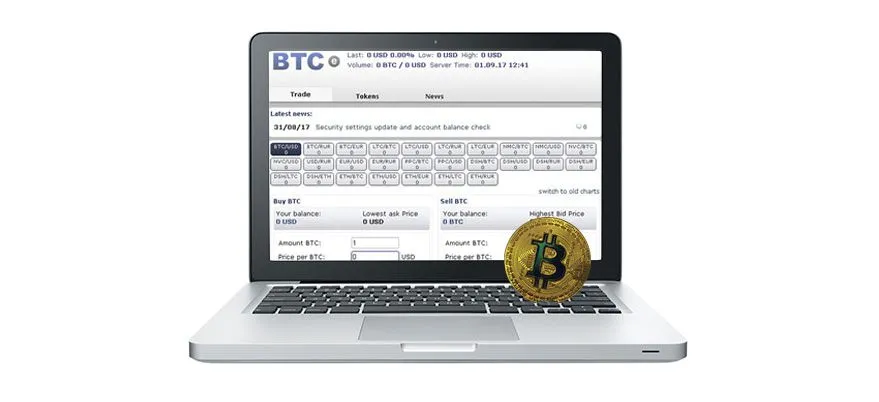|
Getting your Trinity Audio player ready...
|
Several weeks after its original website was seized by U.S. authorities, BTC-e is back online.
On Friday morning, the Bitcoin exchange announced via Twitter that the site is available through the domain btc-e.nz, although some part of the world can only access the website with the use of a virtual private network (VPN).
BTC-e’s original domain was seized by U.S. authorities in July after Russian national Alexander Vinnik was arrested on charges of laundering more than $4 billion through the digital currency exchange, which he allegedly operated.
On its new domain, BTC-e urged its users to refresh their security settings to protect their funds. Currently, users are still limited to checking their fund balances and post messages in the Bitcoin exchange’s chat box.
“Because of the seizure of the data, there is a high risk that it has been compromised. That is why in order to protect your funds, you need to refresh the security settings,” BTC-e said in a post, which asked users to generate a new password, change their 2fa, delete old key and create a new one, and check the list of white IPs as well as delete inactive or irrelevant IPs.
The site has a total of 1,102,742 users at press time, according to data posted on the exchange’s home page.
A BTC-e representative recently posted an update on the Bitcoin Talk forum, announcing that they are planning a three-stage relaunch that will see the embattled exchange rebrand under a new company “in full compliance with the European directives on personal data and in compliance with European legislation in this field.”
The revival plan, which was announced after the crackdown, included the release of a blockchain-based debt token to recoup some of the losses for its users. BTC-e revealed that aside from ordering a $110 million fine, authorities have also seized 45% of user funds, meaning the exchange still has control over the remaining 55%, which it said users will be able to withdraw as soon as it launches. The remaining 45% will be converted to digital tokens that users can use to trade or hold on to until they’re bought back by the exchange.

 08-15-2025
08-15-2025 





